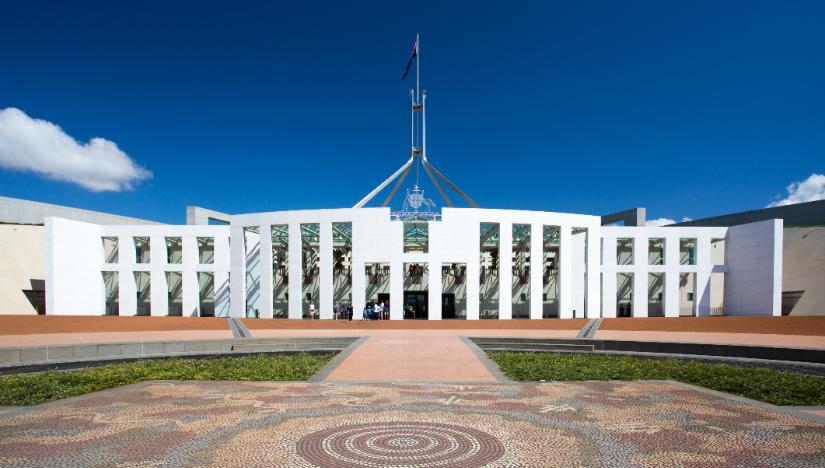Judge Tran’s judgement should spur parliament into action, by enabling justice for Australians who suffer serious invasions of their privacy, write Professor Edward Santow and Sarah Sacher from the UTS Human Technology Institute.

Occasionally, judges are faced with a terrible dilemma. Before them stands an innocent victim, and yet the law doesn’t provide a clear way of achieving justice.
Judge My Anh Tran confronted this scenario in the Victorian county court. The woman who brought the case was dealing with an unimaginable trauma: her mother had tried to murder her father. The father had then written and spoken publicly about this, revealing highly sensitive information the daughter had disclosed in confidential counselling sessions and private emails with her father.
The daughter was horrified that her private trauma was laid bare, and she asked the court to intervene. The problem was that, unlike most comparable countries, Australian law doesn’t have a tort for invasion of privacy. In other words, Australians can’t seek a court’s protection when their privacy is invaded in this way. Some, but not all, of the father’s public communications were covered by the existing tort of breach of confidence – but this provided only limited protections, and did not sufficiently recognise the indignities suffered by the daughter.
The conventional path would have been for a judge to express sympathy for the plaintiff, then dismiss the claims about a violation of the daughter’s privacy. We don’t know if Judge Tran agonised privately over this case. But at some point in a lawyer’s career, they must face the question posed in Vikram Seth’s A Suitable Boy: “Do you not want to do justice?”
Last week, Judge Tran answered this question. She didn’t only do justice for the daughter, she did so by creating new law. In a judgment spanning more than 50,000 words, the judge explained why Australia’s courts should finally give victims an opportunity for justice when their privacy has been invaded.
This case is significant and controversial. New laws generally come from our parliament, not the courts.
The courts have stepped in because parliament has been so slow to act. More than 10 years ago, the Australian Law Reform Commission recommended parliament create a new privacy tort. Rather than moving straight to a bill, we’ve had years of advocacy from industry and civil society, community consultation and multiple government inquiries and reviews.
Finally, last month, the government introduced a bill to create a new tort for serious invasions of privacy. But it’s still being pored over and debated, and there’s no certainty the bill will pass.
This helps explain why Judge Tran acted in the way she did. The common law – that is, judge-made law – fills gaps where our legislation is silent or ambiguous. As they consider and decide on disputes, our judges also apply and develop the common law.
The process of developing the common law can be like a tennis match, albeit one played out over decades. The match starts when a judge drops a hint that the common law might need to shift in a particular way, but it might take many years before another case comes along where a different judge acts on the hint.
This opinion piece was first published in The Guardian Australia. Read the full opinion piece >
Professor Edward Santow served as Australia’s human rights commissioner from 2016-2021. He and Sarah Sacher work at the University of Technology Sydney (UTS) Human Technology Institute.

